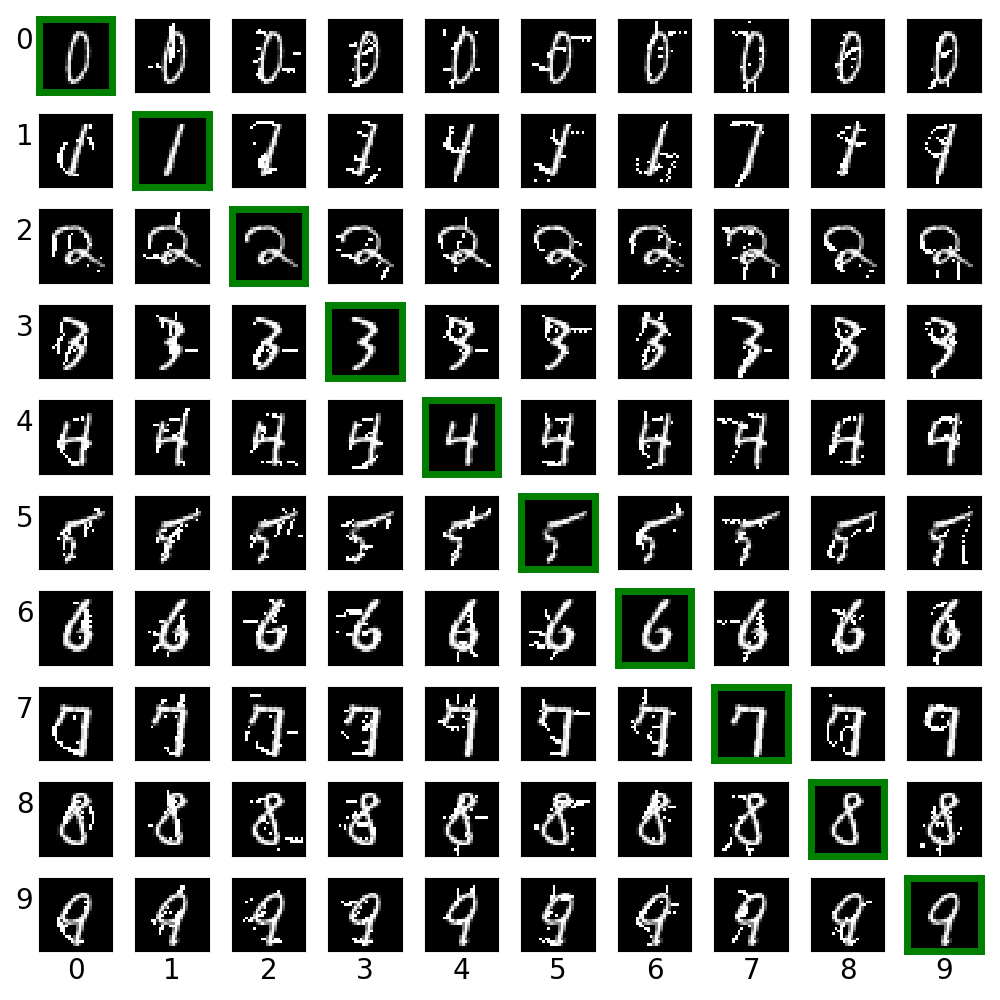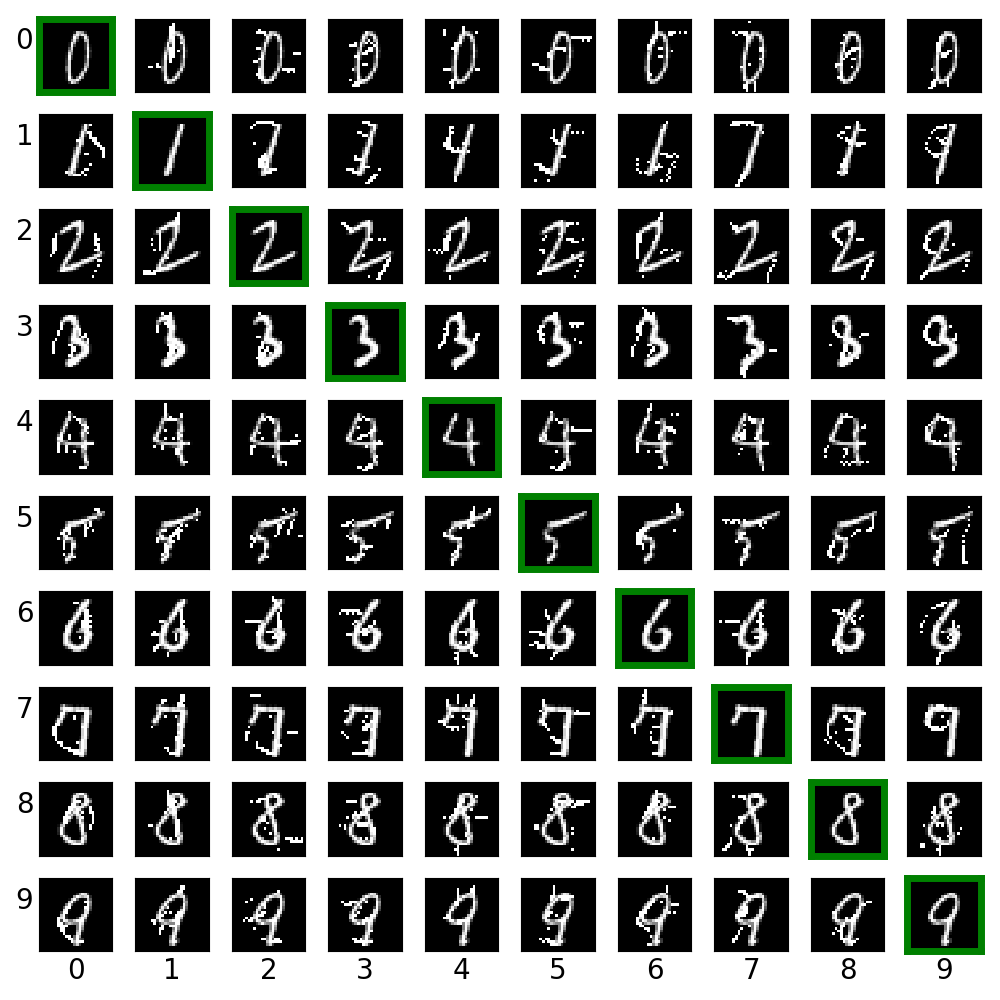gongzhitaao / Tensorflow Adversarial
Programming Languages
Labels
Craft Image Adversarial Samples with Tensorflow
THE CODE IS PROVIDED AS IT-IS, MAY NOT UPDATE IT ANYMORE. HOPEFULLY IT IS STILL HELPFUL.
Table of Contents
This repo contains adversarial image crafting algorithms implemented in
pure Tensorflow. The algorithms can be found in attacks folder. The
implementation adheres to the principle tensor-in, tensor-out. They all
return a Tensorflow operation which could be run through sess.run(...).
API
-
Fast Gradient Method (FGM) basic/iterative
fgm(model, x, eps=0.01, epochs=1, sign=True, clip_min=0.0, clip_max=1.0)
If
sign=True, use gradient sign as noise, otherwise use gradient values directly. Empirically gradient sign works better. -
Fast Gradient Method with Target (FGMT)
fgmt(model, x, y=None, eps=0.01, epochs=1, sign=True, clip_min=0.0, clip_max=1.0):
The only difference from FGM is that this is a targeted attack, i.e., a desired target can be provided. If
y=None, this implements the least-likely class method. -
Jacobian-based Saliency Map Approach (JSMA)
jsma(model, x, y, epochs=1, eps=1, clip_min=0, clip_max=1, score_fn=lambda t, o: t * tf.abs(o))
yis the target label, could be an integer or a list. whenepochsis a floating number in the range[0, 1], it denotes the maximum percentage distortion allowed andepochsis automatically deduced.kdenotes the number of pixels to change at a time, should only be 1 or 2.score_fnis the function used to calculate the saliency score, default to bedt/dx * (-do/dx), could also bedt/dx - do/dx. -
deepfool(model, x, noise=False, eta=0.01, epochs=3, clip_min=0.0, clip_max=1.0, min_prob=0.0)
If
noiseisTrue, the return value isnoise, otherwise onlyxadvis returned. Note that in my implementation, the noise if calculated asf/||w|| * winstead off/||w|| * w/||w||, where||w||is the L2 norm. It seems that||w||is so small such that noise will explode when adding it. In the original author's implementation, they add a small value 1e-4 for numeric stability, I guess we might have similar issue here. Anyway, this factor does not change the direction of the noise, and in practice, the adversarial noise is still subtle and hard to notice. -
cw(model, x, y=None, eps=1.0, ord_=2, T=2, optimizer=tf.train.AdamOptimizer(learning_rate=0.1), alpha=0.9, min_prob=0, clip=(0.0, 1.0)):
Note that CW is a bit different from the above gradient-based methods in that it is an optimization-based attack. Thus, it returns a tuple,
(train_op, xadv, noise). After runningtrain_opfor desired epochs, runxadvto get the adversarial images. Please note that it is OPTIMIZATION-BASED method, which means it is tricky. You probably need to search for the best parameter configuration per image. Otherwise, you will NOT get the amazingly good result reported in the paper. It took me a couple of days to realize that the reason for my crappy adversarial images was not that my implementation was wrong, but rather, my learning rate was too small!!
Dependencies
- Python3, samples codes uses many of the Python3 features.
- Numpy, only needed in sample codes.
- Tensorflow, tested with Tensorflow 1.4.
The model
Notice that we have model as the first parameter for every method. The
model is a wrapper function to create the target model computation graph. The
first parameter has to be the input x, other parameters may be added when
necessary, but they need to have default values.
def model(x, logits=False):
# x is the input to the network, usually a tensorflow placeholder
ybar = ... # get the prediction
logits_ = ... # get the logits before softmax
if logits:
return y, logits
return y
How to Use
Implementation of each attacking method is self-contained, and depends only on TensorFlow. Copy the attacking method file to the same folder as your source code and import it.
The implementation should work on any framework that is compatible with Tensorflow. Examples are provided in examples folder, each example is self-contained.
Results
-
Comparison of all implemented algorithms.
-
Fast gradient sign method adversarial on MNIST.
-
Fast gradient value method adversarial on MNIST.
-
DeepFool generate adversarial images.
-
CW L2 generates targeted attack on a random select image, with binary search for the best
epsvalue. -
JSMA generates cross label adversarial on MNIST. Labels on the left are the true labels, labels on the bottom are predicted labels by the model.
-
JSMA generates cross label adversarial on MNIST, with difference as saliency function, i.e.,
dt/dx - do/dx. -
JSMA generates adversarial images from blank images.
More Attacks
The list is outdated.
- Moment iterative attack https://arxiv.org/abs/1710.06081
- Virtual adversarial https://arxiv.org/abs/1507.00677
- CarliniWagner (CW) https://arxiv.org/abs/1608.04644
- Elastic net https://arxiv.org/abs/1709.04114
- MadryEtAl https://arxiv.org/abs/1706.06083
- Fast feature https://arxiv.org/abs/1511.05122
- Houdini https://arxiv.org/abs/1707.05373
Related Work
- tensorflow/cleverhans Well maintained adversarial implementaion in TensorFlow.
- LTS4/DeepFool Author's code for deepfool in PyTorch and Matlab.
Citation
You are encouraged to cite this code if you use it for your work. See the above Zenodo DOI link.








